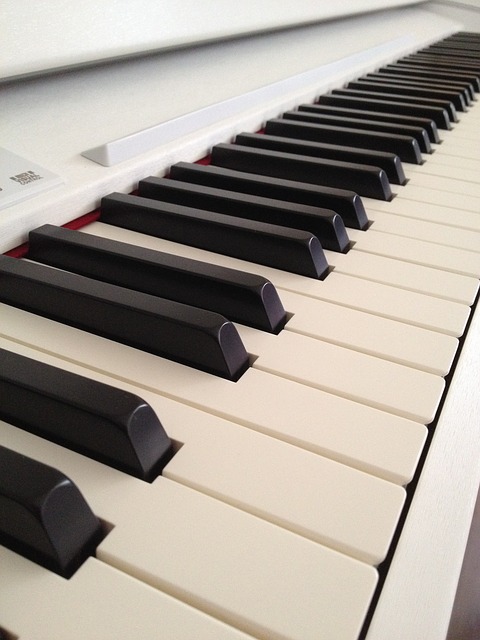The following two tabs change content below.


Greg Lee
Hi, my name is Greg Lee. I'm the creator of the Color Score Professional/Visual Chord Learning System. I love to share ideas and concepts about piano and keyboard playing in all styles of music. I believe the key to learning is having fun and making complicated things simple with visual tools and illustrations.
Latest posts by Greg Lee (see all)
- What is a minor/Major 7 Chord? - October 26, 2023
- 7 Chord Substitutions that Professionals Use - October 19, 2023
- 5 Simple Chord Tricks to Sound Amazing - October 5, 2023





 The fourth chord in our descending chord progression is the same in our last example, F over A. You'll remember that it's also a slash chord.
The fourth chord in our descending chord progression is the same in our last example, F over A. You'll remember that it's also a slash chord. It's starts to get more interesting as we descend down to our next chord. Here, we have an F minor chord over A flat. This chord is not a diatonic chord in the key of C Major but is a parallel minor chord of C Major. In other words, the F minor chord is diatonic in the key of C minor. It's also constructed under the same concept of voicing a chord over its 3rd which is of course minor 3rd.
It's starts to get more interesting as we descend down to our next chord. Here, we have an F minor chord over A flat. This chord is not a diatonic chord in the key of C Major but is a parallel minor chord of C Major. In other words, the F minor chord is diatonic in the key of C minor. It's also constructed under the same concept of voicing a chord over its 3rd which is of course minor 3rd.
 Our next tone in our descending bass line will include the 2 chord but instead of playing the root in our bass line, we'll place the 3rd in the bass instead. Notice that it's also a dominant 7th chord. We're also omitting the 5th of the chord to make it more interesting.
Our next tone in our descending bass line will include the 2 chord but instead of playing the root in our bass line, we'll place the 3rd in the bass instead. Notice that it's also a dominant 7th chord. We're also omitting the 5th of the chord to make it more interesting.
 Of course this leads us back home to our starting chord of C Major.
Of course this leads us back home to our starting chord of C Major. 